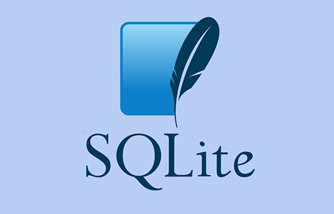
In this tutorial, we will show you how to install SQLite on Debian 11. For those of you who didn’t know, SQLite is a C-language library that implements a small, fast, self-contained, high-reliability, full-featured, SQL database engine. It’s a popular solution for applications that need to use on-disk files formatted as lightweight databases to run efficiently.
This article assumes you have at least basic knowledge of Linux, know how to use the shell, and most importantly, you host your site on your own VPS. The installation is quite simple and assumes you are running in the root account, if not you may need to add ‘sudo‘ to the commands to get root privileges. I will show you through the step-by-step installation of SQLite on a Debian 11 (Bullseye).
Prerequisites
- A server running one of the following operating systems: Debian 11 (Bullseye).
- It’s recommended that you use a fresh OS install to prevent any potential issues.
- A
non-root sudo useror access to theroot user. We recommend acting as anon-root sudo user, however, as you can harm your system if you’re not careful when acting as the root.
Install SQLite on Debian 11 Bullseye
Step 1. Before we install any software, it’s important to make sure your system is up to date by running the following apt commands in the terminal:
sudo apt update sudo apt upgrade
Step 2. Installing SQLite on Debian 11.
By default, SQLite is available in the Debian 11 Bullseye. You can install SQLite using the following command below:
sudo apt install sqlite3
After the installation, you can verify the installed version with this command:
sqlite3 --version
Step 3. Create database and table on SQLite.
To create a new database or to open an existing one, you can use the sqlite3 command:
sqlite3 example.db
Let’s create a table “linux” with two columns, name and version:
CREATE TABLE linux(name String, version Int);
Next, insert some data in this newly created table:
INSERT INTO linux VALUES("Ubuntu", 21), ("Debian",11), ("Gnome", 40);
You can see the tables that are available in the database with .tables:
.tables; select * from linux;
Congratulations! You have successfully installed SQLite. Thanks for using this tutorial for installing the latest version of SQLite on Debian 11 Bullseye. For additional help or useful information, we recommend you check the official SQLite website.